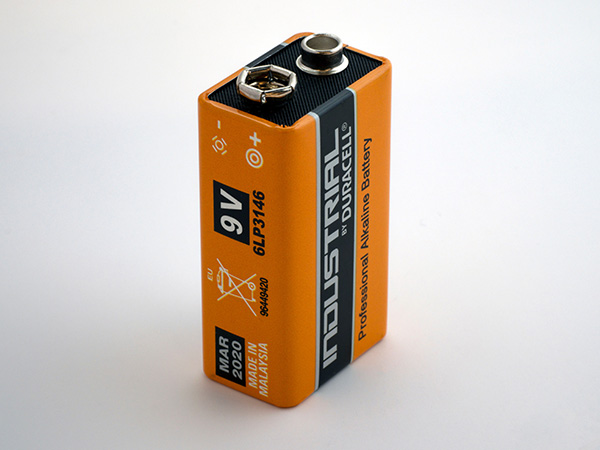

Homepage > Industrial news > Classification and future market development of anode materials
Hits:2688 Createtime:2022-06-24 09:15:18
Negative electrode materials refer to the raw materials constituting the negative electrode in batteries (such as power batteries, consumer electronics, energy storage equipment and other lithium battery fields). It mainly includes carbon materials and non-carbon materials. Carbon materials are mainly divided into graphite and amorphous carbon, mainly including natural graphite, artificial graphite, mesophase carbon microspheres (hard carbon), soft carbon, etc. other non-carbon anode materials mainly include silicon-based materials, tin based materials, titanium based materials, nitrides, etc.

Among them, the artificial graphite anode material is more in line with the requirements of power battery and energy storage battery for cycle life and safety, so it will still be the mainstream application direction of power battery and energy storage battery in the future. In natural graphite, beiteri has basically formed a monopoly, mainly because the product performance and average sales price are more competitive.
Among them, the industrialization of silicon-based anode continues to accelerate, and it is expected to be large-scale and large-scale after 2022. From the perspective of enterprise layout, beiteri has started to develop silicon-based anode since 2006, passed Samsung certification and shipped in batches in 13 years, and successfully entered the industrial chain of Panasonic, LG and Tesla. According to the R & D Progress of various enterprises, it is expected that silicon-based anode will be rapidly increased after 2022. With high specific capacity and wide resources, silicon-based anode is one of the most promising anode materials. At present, the gram capacity of high-end graphite has reached 360-365mah/g, close to the theoretical gram capacity of 372mah/g, which is difficult to meet the growing requirements of high energy density. The theoretical specific capacity of silicon-based anode is up to 4200mah/g, which is an ideal alternative material for graphite anode. At present, the commercialized silicon-based anode materials mainly include carbon coated silicon oxide, nano silicon carbon, amorphous silicon alloy and silicon nanowires. Among them, carbon coated silicon oxide and nano silicon carbon are the two most commercialized silicon-based anode materials.
Online consultation
>Hotline
400-966-0397




